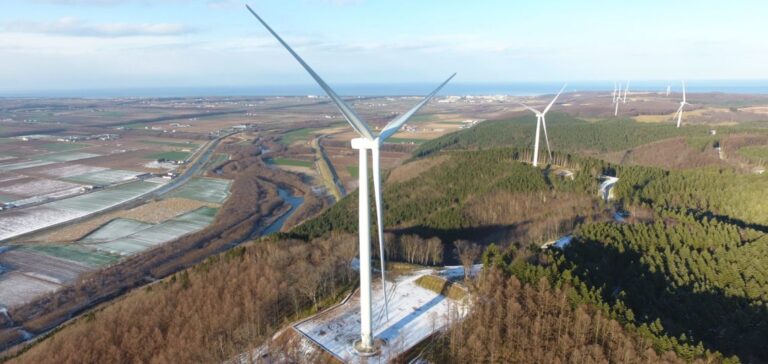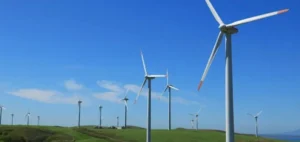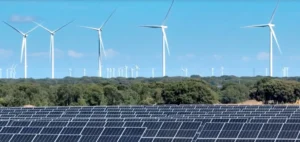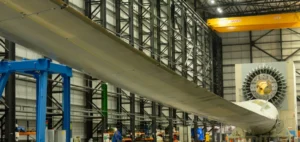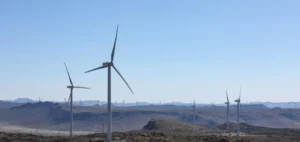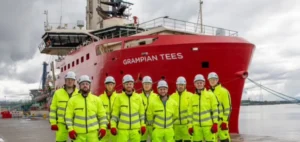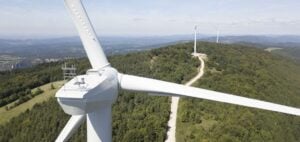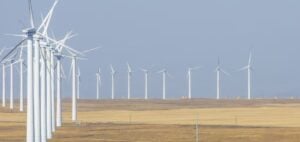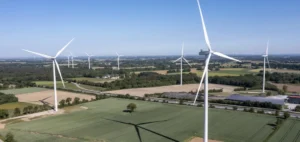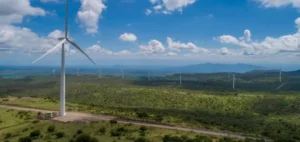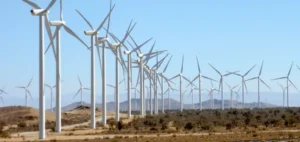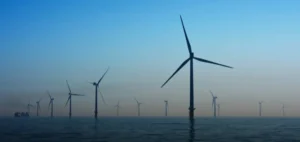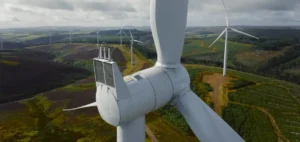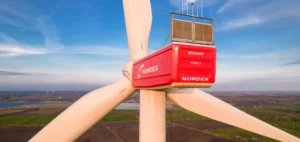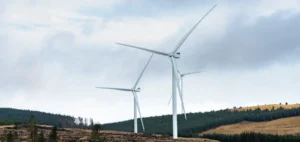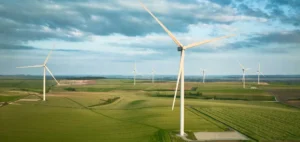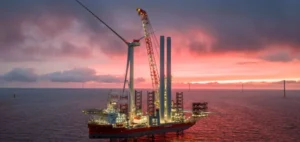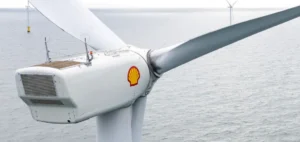Eurus Energy Holdings Corporation has announced the start of construction for the Hajang 5 wind farm, located in the cities of Taebaek and Samcheok, South Korea. The project is led by Hajang 5 Wind Power Co., Ltd., a subsidiary of the Japanese group, and marks the fifth wind installation developed by Eurus Energy in the country.
Three turbines installed at high altitude
The wind farm, with a total capacity of 13.5 MW, will consist of three 4.5 MW turbines supplied by German manufacturer Enercon GmbH. Installed at 1,080 metres above sea level in a mountainous area of Gangwon Province, these units will require maintenance procedures adapted to high-altitude conditions.
The construction works are being carried out by Wind EM Energy Co., Ltd. as the main contractor, with the involvement of Daehan Green Energy Co., Ltd. Commercial operations are expected to begin in November 2026.
Weather conditions and maintenance challenges
The site’s geographic configuration, combined with specific weather conditions, calls for enhanced technical monitoring from the construction phase. Regular inspections and optimised maintenance logistics will be necessary to ensure long-term turbine availability.
Managing operations at high altitude can generate unique mechanical stresses, increasing the need for careful planning of maintenance interventions. The use of standardised components supplied by Enercon GmbH aims to streamline the spare parts supply chain.
Local anchoring and operational continuity
The Hajang 5 project is part of a regional deployment strategy pursued by Eurus Energy, already active in the province with the Samsu and Gowon wind farms. Locating several assets nearby allows the group to optimise its maintenance resources by pooling technical teams and control centres.
This operational model facilitates the integration of new facilities and improves response times in the event of technical incidents, while reducing intervention delays in remote areas.


